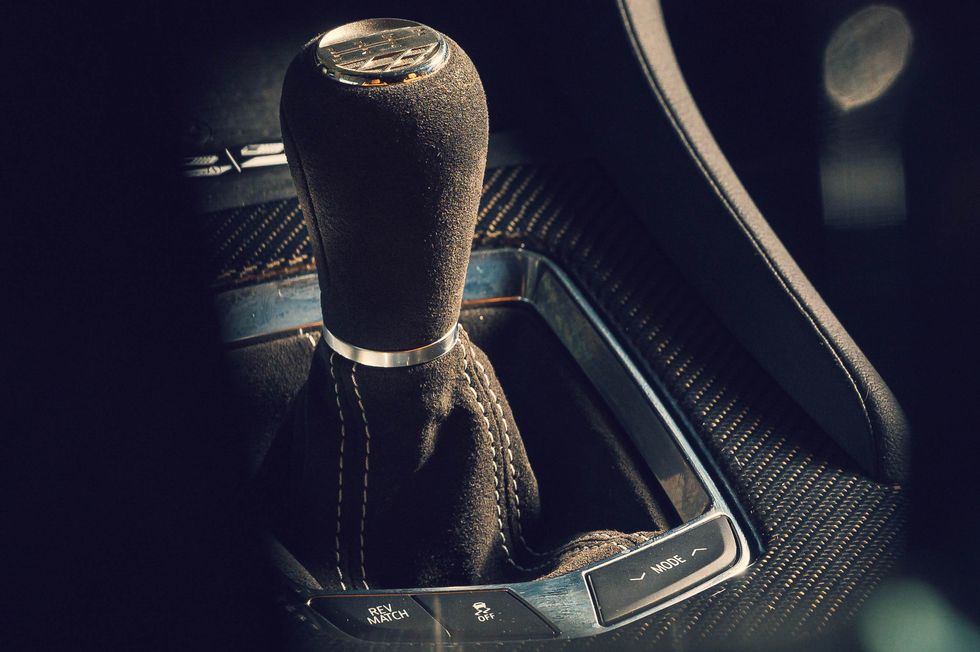
High-end luxury vehicles derive their value from the quality of their craftsmanship. They combine the highest caliber engineering, manufacturing, and materials possible. So it makes sense manufacturers of luxury automobiles would integrate carbon fiber into their cutting-edge supercars.
But what makes carbon fiber so popular when it comes to building luxury cars? To find out, let’s take a look at some of its properties and how they elevate high-performance engineering.
Carbon Fiber Properties
The earliest carbon fiber materials were developed back in 1860 by Sir Joseph Wilson Swan for use in early electric lights. Though primitive, the potential these early carbon filaments had was obvious.
Incandescent lights need strong, lightweight, rigid materials. They need to withstand extreme heat and vacuum conditions. And carbon fiber was the perfect solution.
You see, other materials about as strong as carbon fiber exist. Kevlar is an example that most people are familiar with. Its durability is often used as a benchmark to measure the strength of other materials.
However, not only is kevlar bulkier and more brittle than carbon fiber, but its structural integrity fails under extreme heat.
Both materials share comparable degradation temperatures. But when kevlar reaches its limit, it starts to melt. Carbon fiber, by contrast, retains much of its structural integrity even as it burns.
This union of durability under extreme circumstances and a high strength-to-weight ratio makes carbon fiber an ideal material for a variety of applications. And not the least of them is the manufacture of high-performance car parts.
Carbon Fiber in Luxury Automobiles
Carbon fiber has the highest strength and stiffness per density of any material. At the same time, it only weighs a fraction as much as steel.
This difference in weight can allow for huge gains in performance. Competitive autosports are one example. Every pound of weight shed can help improve acceleration and maximum speed.
It’s why some manufacturers have gone to the extreme of building vehicles almost entirely out of carbon fiber components. This design philosophy can reduce a vehicle’s total weight by up to 60%.
A less extreme example is replacing individual components. Hoods, doors, and trunk lids are common parts where lightweight carbon fiber can substitute for heavy steel or aluminum.
These cars can also outlast their conventional counterparts. Relatively speaking, carbon fiber doesn’t degrade. It doesn’t rust, corrode, and rot. And it’s durability means parts like brakes and engine components can withstand more abuse than the conventional alternative.
Join the Future of Cutting Edge Manufacturing
For the time being, carbon fiber could be considered a luxury material due to how labor-intensive it is to make. But that cost has already plummeted in the last 20 years. And emerging research promises to bring that expense down further.
It won’t take long before we start to the lessons learned building luxury automobiles applied to more industries. And you can be a part of it.
Composite technology is a growth industry that needs passionate and talented individuals to continue to grow. So, if that describes you click here to start exploring career options in composite technologies today.
